Are you concerned that rain, melting snow, or nearby landscaping could wash contaminants toward your well and into your drinking water?
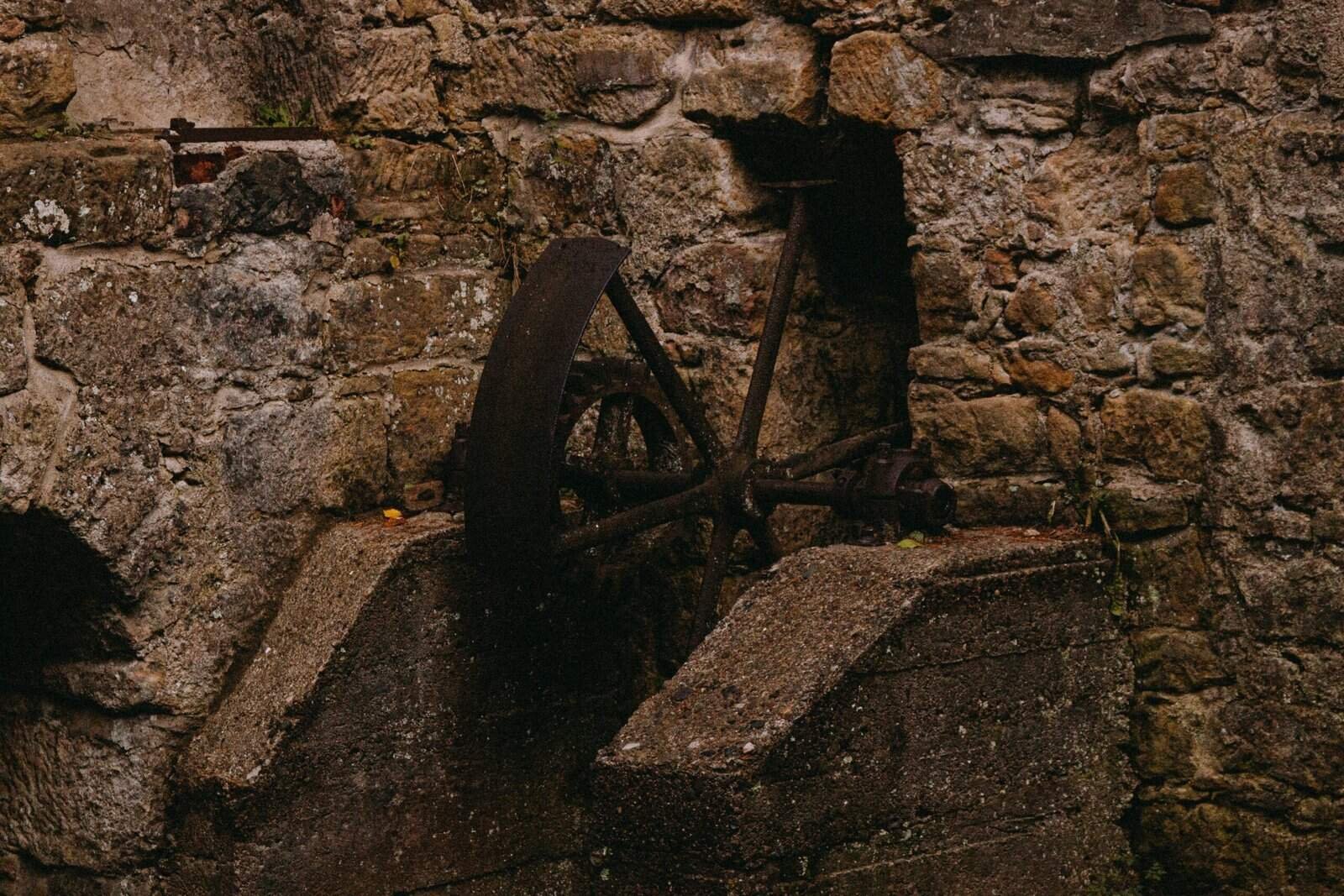
How Do I Protect My Well From Surface Runoff?
You rely on your well for safe, clean water, and surface runoff can be one of the more common ways contaminants reach your well. This article walks you through why runoff is risky, how to assess vulnerability, practical steps you can take immediately, long-term solutions, and when to call professionals. You’ll get clear, actionable guidance so you can protect your water and your family’s health.
Why surface runoff matters for your well
Surface runoff moves water across the ground after rain or snowmelt. As it moves, it picks up fertilizers, pesticides, oil, animal waste, and other pollutants. If runoff enters or travels near your well, these contaminants can move into the well casing or infiltrate groundwater. You need to treat runoff as a potential contamination pathway and plan accordingly.
How contamination typically reaches a well
Contamination can reach wells through direct flow aboveground, along poorly sealed well casings, through cracked concrete pads, via improperly installed well heads, or along pathways created by erosion. Even wells that are physically sealed can be compromised if surface water pools around the casing or if the well is shallow. Understanding these routes helps you prioritize protections.
Understand your well and its vulnerability
Knowing the type of well you have, its depth, and how it was constructed gives you vital clues about vulnerability. Different wells require different protective measures, and some actions are universal.
Types of wells and relative risk
You might have a dug, bored, driven, or drilled well. Shallow dug wells and older wells with unsealed casings are generally more vulnerable to surface runoff than deep drilled wells with modern seals. However, any well can be compromised by poor surface drainage or improper siting.
- Dug/bored wells: Often shallow, greater risk from surface runoff and contamination.
- Driven wells: Usually moderate depth, risk depends on casing and seals.
- Drilled wells: Typically deepest and best sealed when constructed correctly, but still vulnerable if surface drainage is poor.
Well construction elements to check
You should inspect the following elements because they directly affect contamination risk:
- Well cap: Is it secure and vented properly?
- Casing: Is the casing intact and extended above grade?
- Sanitary seal: Does a concrete or manufactured seal prevent surface water from entering?
- Well apron/curb: Is there a concrete slab with proper slope away from the casing?
- Distance from potential contamination sources: Septic systems, fuel tanks, livestock areas, and chemical storage.
How to assess your well’s vulnerability
Do a simple walk-around inspection:
- Look for standing water near the well after rain.
- Check if the land slopes toward or away from the well.
- Note nearby activities: pesticide storage, vehicle repair, or frequent animal traffic.
- Review well records (permit, construction logs) for depth and seal details. If you find obvious issues, plan fixes immediately.
Immediate actions you can take (short-term fixes)
If you’re worried about immediate contamination or see pooling water by the well, there are actions you can do quickly to lower risk before larger projects are completed.
Stop water pooling and divert flow
Preventing water from sitting next to the well casing is one of the fastest ways to reduce risk. You can:
- Regrade the soil to slope away from the well (4–6 inches drop in the first 10 feet is ideal).
- Add topsoil to create a berm or mound around the well so surface water runs away.
- Install temporary sandbags or gravel to redirect flow after heavy rains.
Secure the well cap and clean the apron
A missing or cracked well cap is an easy fix that reduces intrusion by insects, debris, and runoff.
- Replace or tighten the well cap if it’s loose or damaged.
- Clean any cracks in the concrete apron and make sure the apron slopes away from the casing.
Remove immediate contamination threats
Move potential pollutant sources away from the well:
- Relocate gasoline, oil, pesticides, and fertilizer storage to a safe distance and on an impermeable surface.
- Move vehicle or equipment repair away from the well area.
Long-term physical protections (best practices)
Long-term protections make your well resilient against most runoff scenarios. These projects may require more time or professional help, but they’re worth the investment for sustained, safe water.
Proper grading and landscaping
Permanent grading around your well is essential. You should:
- Ensure a gentle slope of at least 2% to 6% away from the well for the first 10 feet (a common recommendation is 1/4 inch to 1/2 inch per foot).
- Use native plants and grasses to reduce erosion while still allowing water to infiltrate at safe distances.
- Avoid planting large-rooted trees too close to wells to prevent root damage to casing.
Install swales, berms, and diversions
Engineered landscaping features can redirect surface water away from your well:
- Shallow swales: These shallow channels guide runoff around the well and toward safe discharge zones.
- Berms: Small earthen ridges that block or guide water flow.
- French drains: Perforated pipe in a gravel trench can intercept water and direct it away from the well.
Proper concrete well pad and sealing
A well should have a concrete pad (apron) around the casing that slopes away. If it’s cracked or missing:
- Install a concrete apron at least 12 inches thick and sloped away from the casing.
- Ensure a sanitary seal exists at the casing’s top to prevent surface entry.
- Consider installing a manufactured well seal if your well lacks a proper one.
Raised wellheads and protective casing
For wells in flood-prone or very wet areas:
- Raise the wellhead so the casing and cap are above expected flood elevation.
- Add protective casing or a watertight adapter to prevent water from entering the top of the casing.
Fencing and signage
Protect the immediate area physically:
- Install a small fence to limit foot and animal traffic near the well.
- Post signage indicating the well location and to keep contaminants away.
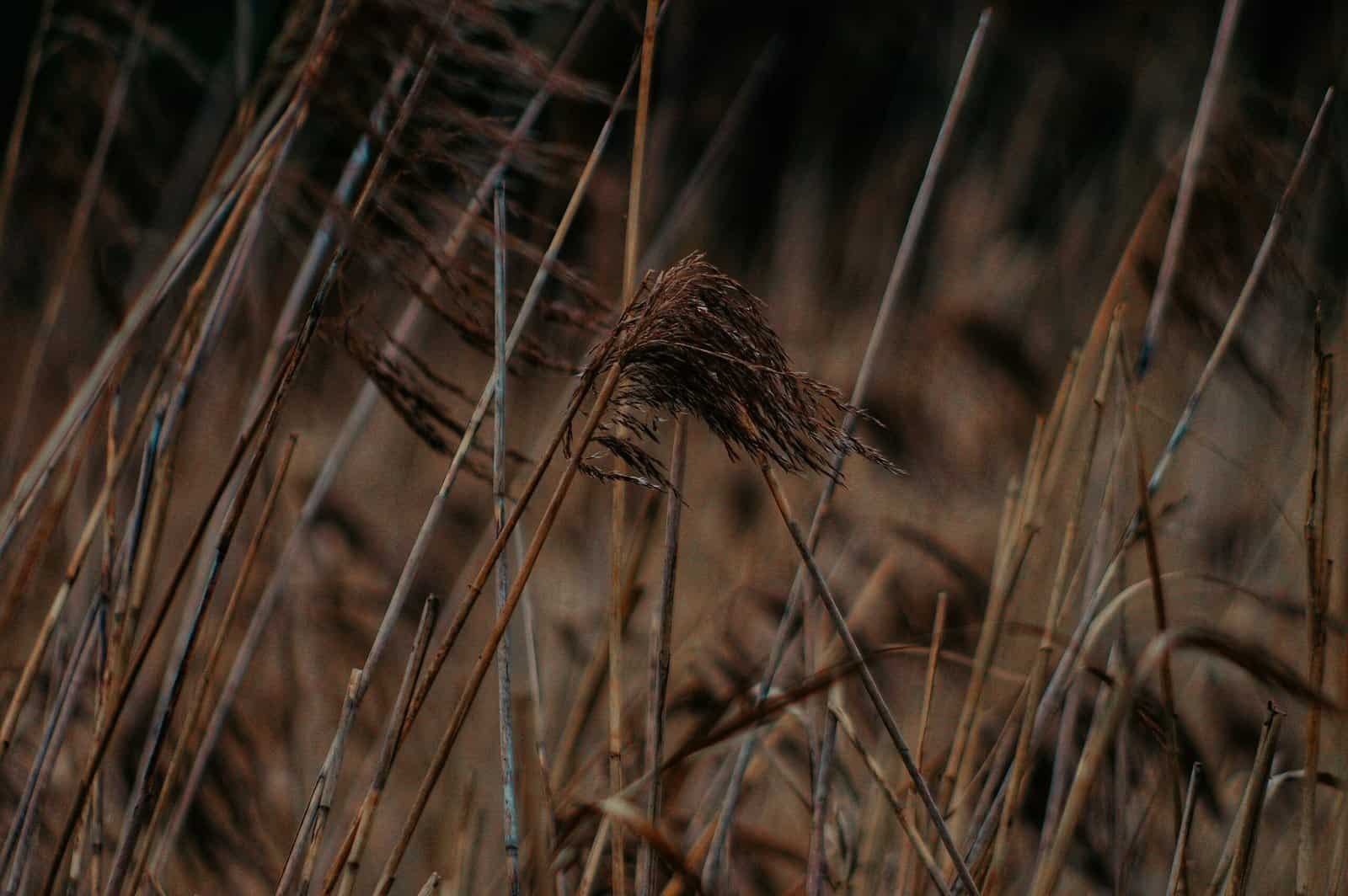
Drainage systems and hard surfaces
Driveways, patios, and roofs can increase runoff. You’ll need to manage these surfaces intentionally.
Roof gutters and downspouts
Make sure gutters and downspouts direct water away from the well and toward an appropriate drainage area. Downspout extensions and splash blocks are inexpensive and effective.
Impermeable surfaces management
If you have driveways or paved areas near the well:
- Create graded edges or curbs to route water away.
- Install permeable paving if you plan to replace surfaces—this allows infiltration away from the well.
- Consider catch basins or infiltration trenches placed strategically to intercept flow.
Driveway culverts and road runoff
Roads can channel water quickly toward your property and well. Culverts and drainage features should be designed to route surface water away from the well location.
Maintenance and regular monitoring
Regular checks help you catch issues before they become major problems. Think of this as routine care for continuous protection.
Schedule regular inspections
You should inspect your well area at least twice a year and after major storms:
- Check cap, casing, apron, and nearby grading.
- Look for erosion, animal burrows, or new sources of contamination.
- Confirm fencing and signage are intact.
Test your water frequently
Water testing is the most reliable way to know if runoff contamination has reached your water.
- Test for bacteria (total coliform and E. coli) at least annually, or more often if issues arise.
- Test for nitrates and common chemicals if you’re near agricultural land or suspect fertilizer runoff.
- After major flooding or a known contamination event, test immediately.
Keep accurate records
Document tests, maintenance, and any incidents. Records help professionals diagnose problems and prove necessary actions to regulators or buyers if you ever sell the property.
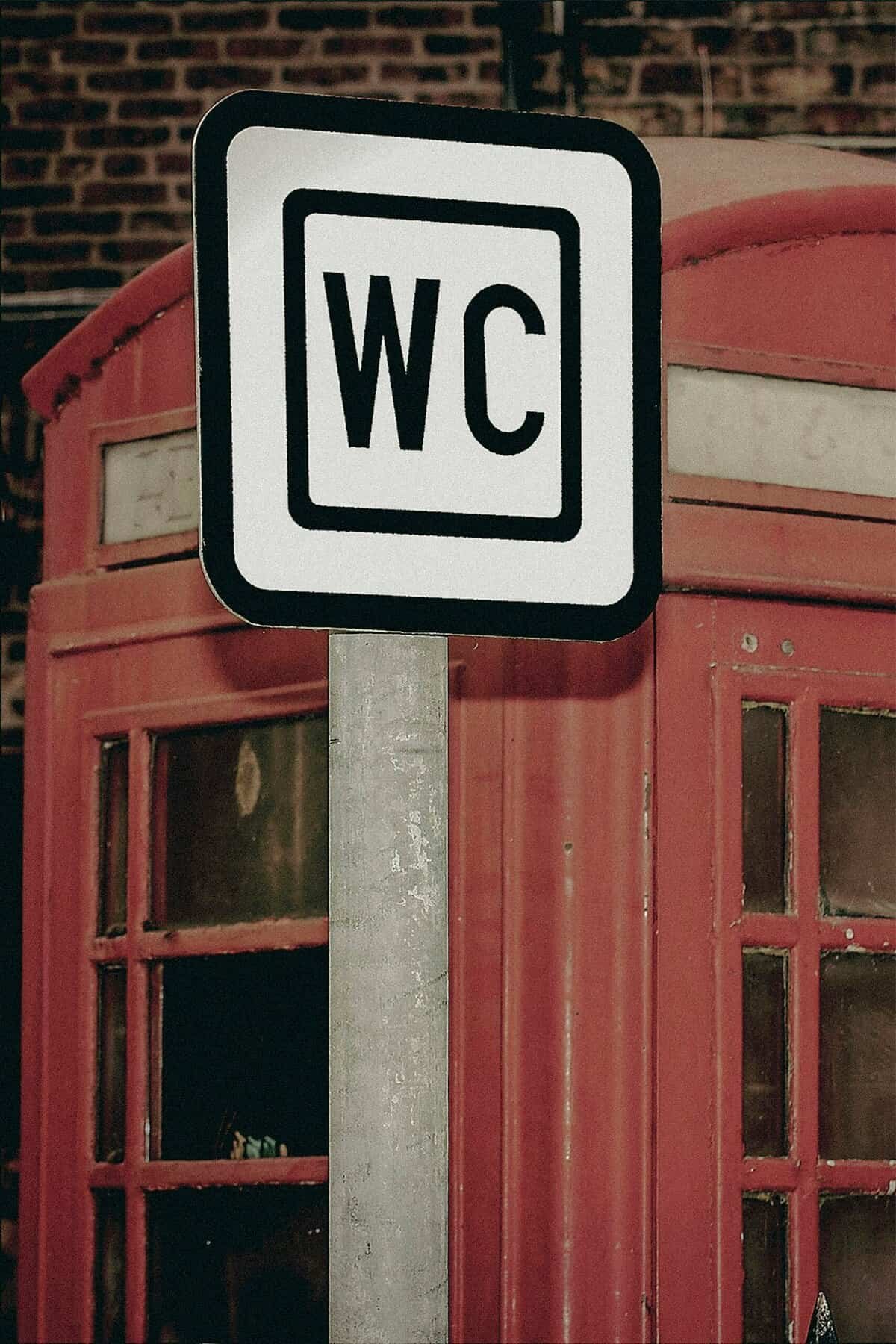
Emergency responses if contamination is suspected
If you suspect contamination, take steps to protect people while you address the problem.
Stop using the water if tests confirm contamination
If tests show bacteria or dangerous levels of chemicals:
- Stop drinking or cooking with the water.
- Use bottled water or boil water only for short-term needs (boiling does not remove chemical contaminants).
- Consider a point-of-entry filter or short-term bottled supply until remediation occurs.
Shock chlorination for bacterial contamination
If bacteria are present and the source is likely surface runoff:
- Shock chlorination (bleach treatment) can disinfect the well temporarily.
- This is a short-term measure and should be done following authoritative guidance or by a professional.
- Re-test after treatment to confirm the water is safe.
Address immediate surface issues
If runoff pooled around the casing, start diverting water away and repairing any cracks or missing seals to prevent further contamination.
Do-it-yourself (DIY) vs. hiring professionals
Some tasks you can handle yourself, others require licensed well contractors or environmental professionals.
DIY tasks you can usually do
You can safely do many preventive measures:
- Regrade small areas to direct water away.
- Replace damaged well caps (if you have the right parts).
- Install gutters, downspout extensions, or small berms.
- Clean debris from around the well and maintain fencing.
Tasks that should be done by professionals
Call professionals for:
- Well sealing, casing repairs, or raising a wellhead.
- Installing a permanent concrete apron or major drainage systems.
- Complex contamination investigations and remediation.
- Any work that could damage the well or impact groundwater legal compliance.
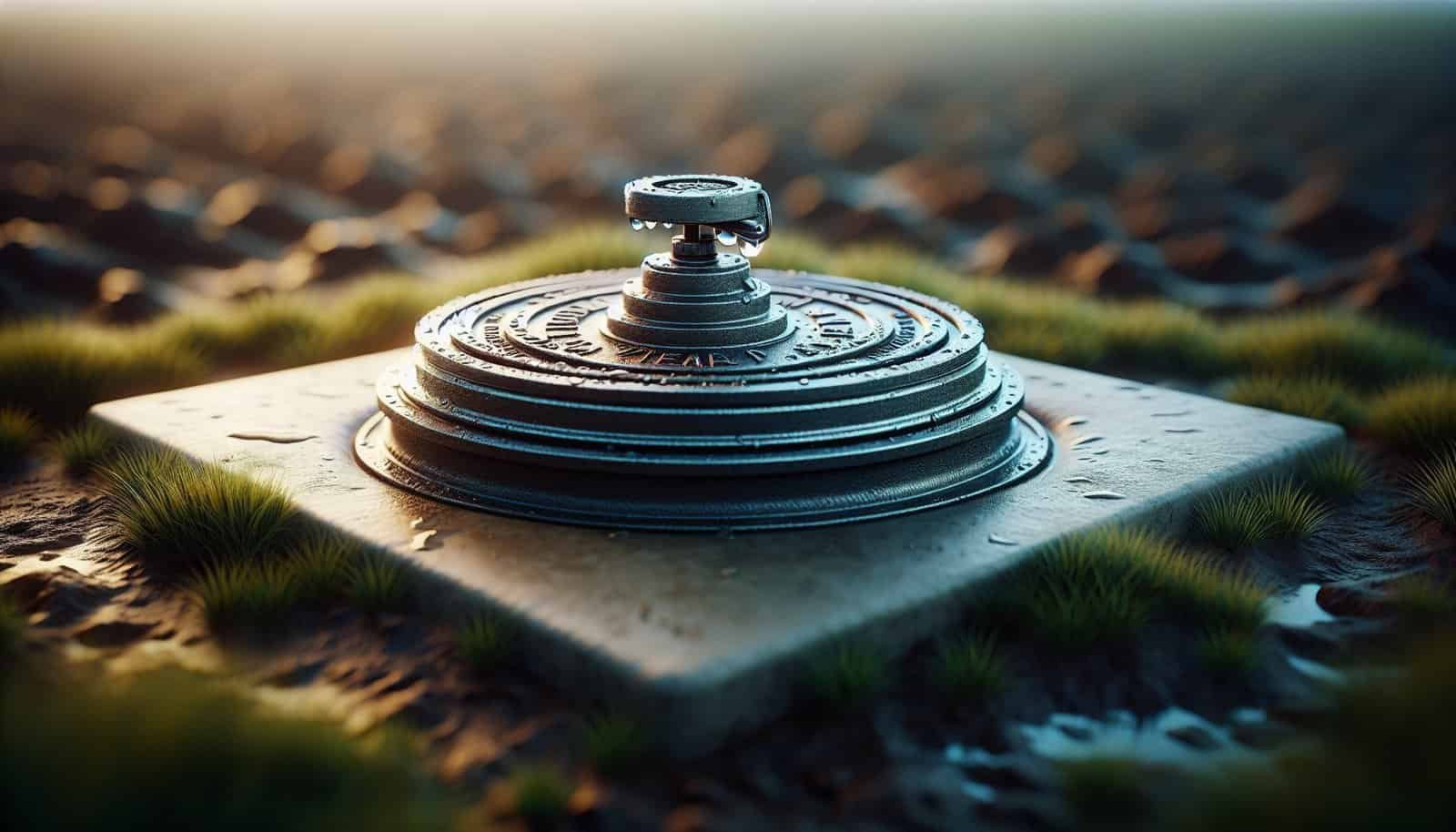
Regulatory and permit considerations
You may need permits for some well protection work, depending on local rules. Check with your local health department or environmental agency.
Local well codes and setback requirements
Your local jurisdiction often regulates:
- Minimum distance between wells and septic systems, storage tanks, and other potential contamination sources.
- Well construction standards, including sanitary seals and casing requirements.
- Procedures for well abandonment.
Abandonment and replacement
If a well is too compromised or obsolete:
- Proper abandonment by a licensed contractor prevents long-term contamination pathways.
- Replacement or relocation may be necessary if the well cannot be adequately protected in its current spot.
Common contaminant sources to watch for
A table helps summarize typical sources and how risky they are for causing runoff contamination.
| Contaminant source | Typical risk level to well | What you should do |
|---|---|---|
| Septic systems (leaky or too close) | High | Maintain septic system, ensure proper setback, inspect regularly |
| Fertilizers & pesticides | Medium–High | Store chemicals away from well, establish buffer zones, consider testing for nitrates |
| Fuel tanks & petroleum spills | High | Move tanks away, use containment, monitor for spills |
| Agricultural livestock areas | Medium–High | Manage manure, create vegetative buffer, fence animals from well area |
| Road/driveway runoff | Medium | Regrade surfaces, install culverts or swales |
| Household chemical storage | Medium | Store on impervious surface at safe distance, keep lids secure |
| Flooding/seasonal high water | High | Raise wellhead or relocate well to higher ground if possible |
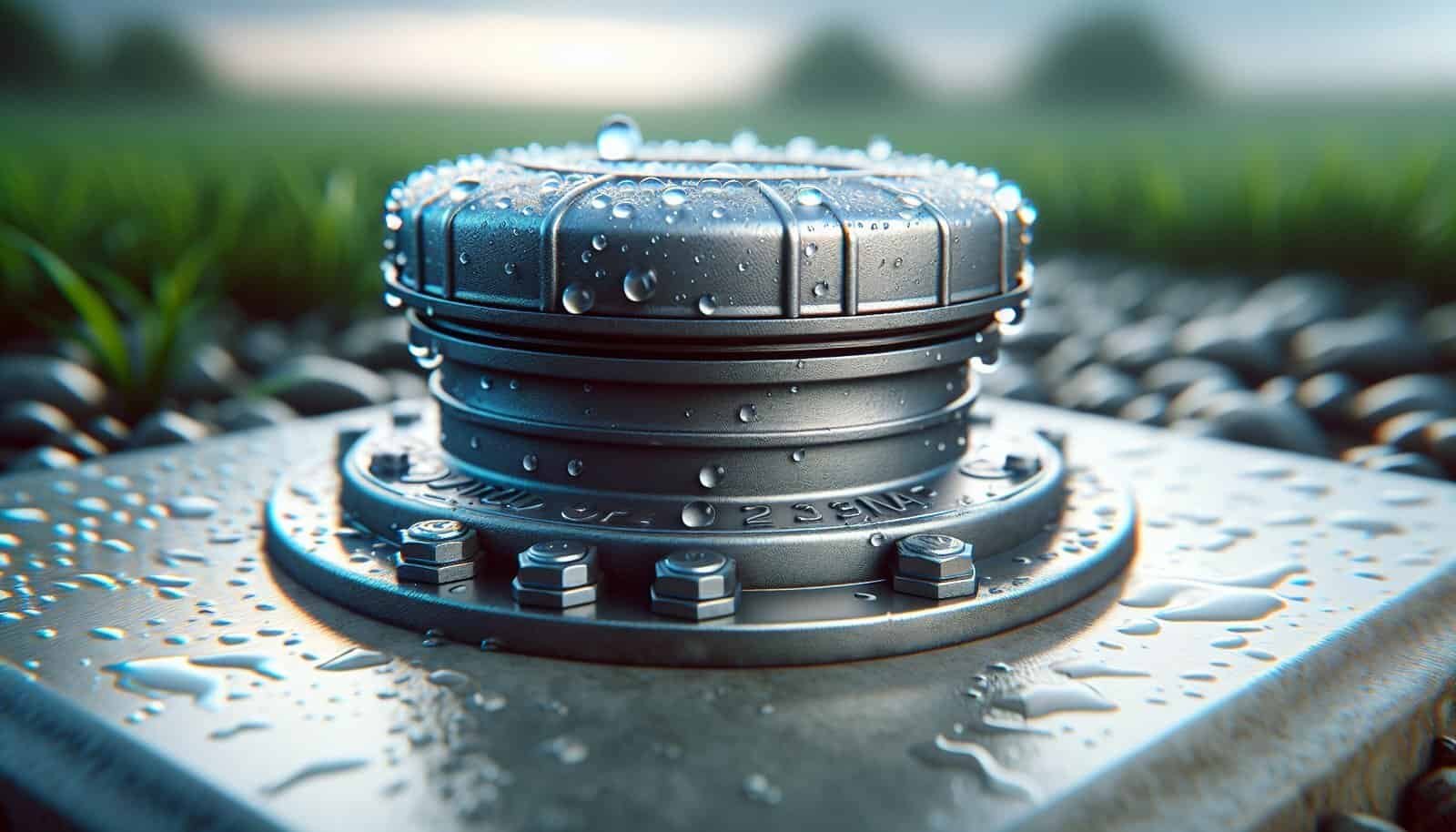
Cost considerations and budgeting
Protecting your well can range from low-cost fixes to larger investments. Knowing approximate costs helps you plan.
Typical cost ranges
- Minor grading and landscaping: $100–$1,000 (DIY or local contractor)
- Gutter/downspout work: $50–$500
- Concrete apron installation: $500–$2,000
- Swales or berms by landscaping contractor: $500–$3,000
- French drain or professional drainage system: $1,000–$5,000
- Wellhead repair or sanitary seal replacement: $300–$1,500
- Abandonment and new well installation: $5,000–$15,000+ (varies widely)
These are rough estimates and vary by region, site complexity, and contractor rates. Prioritize urgent vulnerabilities and budget for both immediate and long-term fixes.
Frequently asked practical questions
Here are concise answers to common questions you’re likely to have.
How far should chemicals and septic systems be from my well?
Local codes vary, but general guidance is:
- Septic tanks and leach fields: minimum 50–100 feet from a well, often more for shallow wells.
- Fuel tanks and chemical storage: at least 50 feet, stored on an impermeable surface and downhill from the well if possible. Always check local regulations for exact distances.
Can I just cover the well with a tarp during heavy rains?
Temporary coverings can block debris but are not a substitute for a secure, vented well cap and proper sealing. Tarps that allow water to pool are risky. Use only short-term until permanent measures are in place.
How often should I test my well water?
At minimum:
- Annually for bacteria and nitrates.
- After any flooding, contamination event, or major repairs.
- More frequently if you have known nearby risks (e.g., intensive agriculture).
Does landscaping with plants protect my well?
Vegetation helps reduce erosion and slows runoff but should be used thoughtfully. Keep plants that require minimal deep root systems near the well and maintain a buffer zone free from heavy chemical use.
When to consider relocating or replacing a well
If the site consistently puts the well at risk—repeated contamination events, flood-prone location, or lack of setback options—relocation may be the most cost-effective long-term solution. Talk to a licensed well contractor and local health officials to evaluate site feasibility and costs.
Final checklist: actions to protect your well from surface runoff
Use this checklist to guide your work and prioritize tasks.
- Inspect the well cap, casing, and apron for damage.
- Ensure the top of the casing extends above grade and is sealed.
- Regrade the land to slope away for at least 10 feet.
- Install gutters and direct roof runoff away from the well.
- Establish swales, berms, or French drains to manage runoff.
- Move chemical and fuel storage away from the well area.
- Fence the well area to keep animals and vehicles out.
- Test water for bacteria, nitrates, and site-relevant contaminants regularly.
- Repair or replace cracked concrete aprons and sanitary seals.
- Keep records of inspections, repairs, and water tests.
Where to get help and reliable information
Your local health department and state environmental agency are primary resources for well protection guidelines and local regulations. Licensed well contractors and hydrogeologists can provide site-specific assessments, and certified labs will advise on testing frequency and parameters.
Professional contacts to consider
- Licensed well drillers/repair contractors
- Environmental consultants or hydrogeologists
- Local public health or environmental agencies
- Certified water testing laboratories
Protecting your well from surface runoff is a combination of understanding your risk, taking immediate steps to prevent contamination, and investing in long-term physical and maintenance measures. By prioritizing grading, proper seals, drainage features, and routine testing, you can significantly reduce the likelihood of runoff reaching your water supply and jeopardizing your health.
